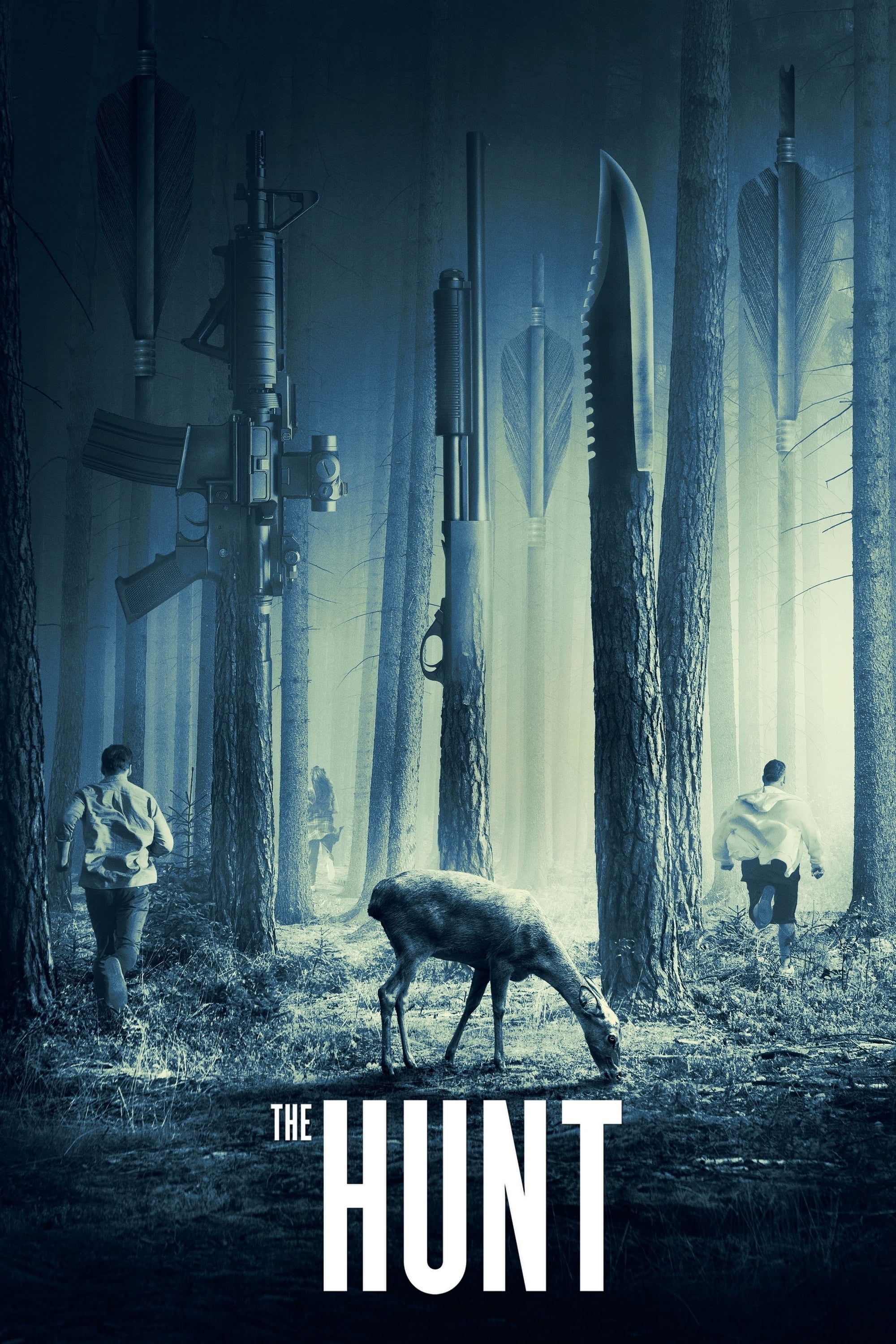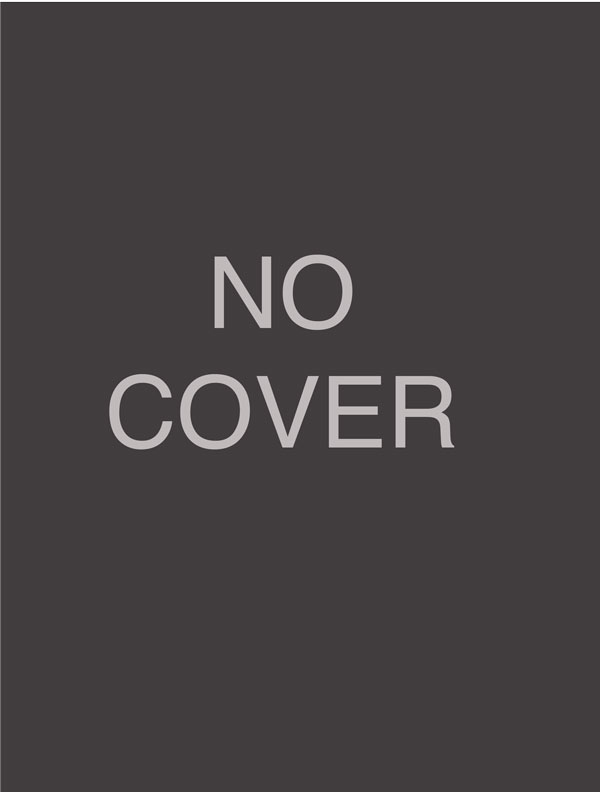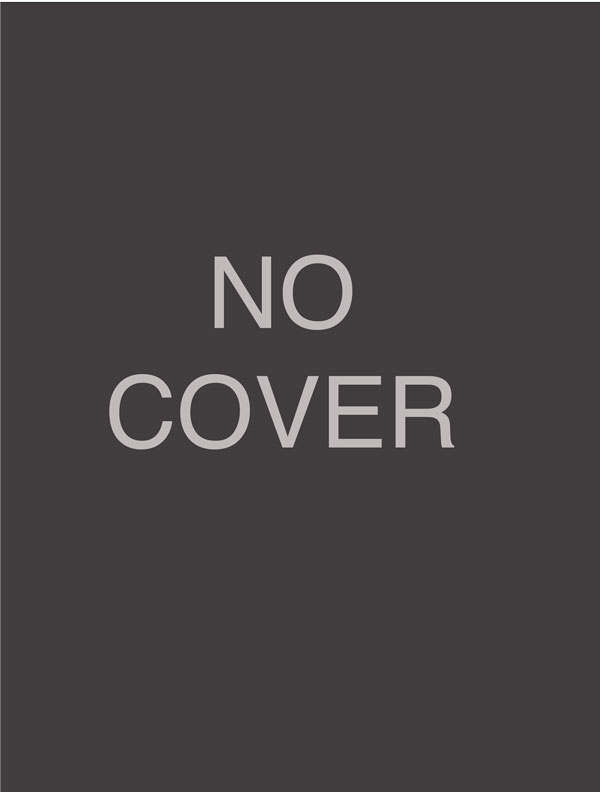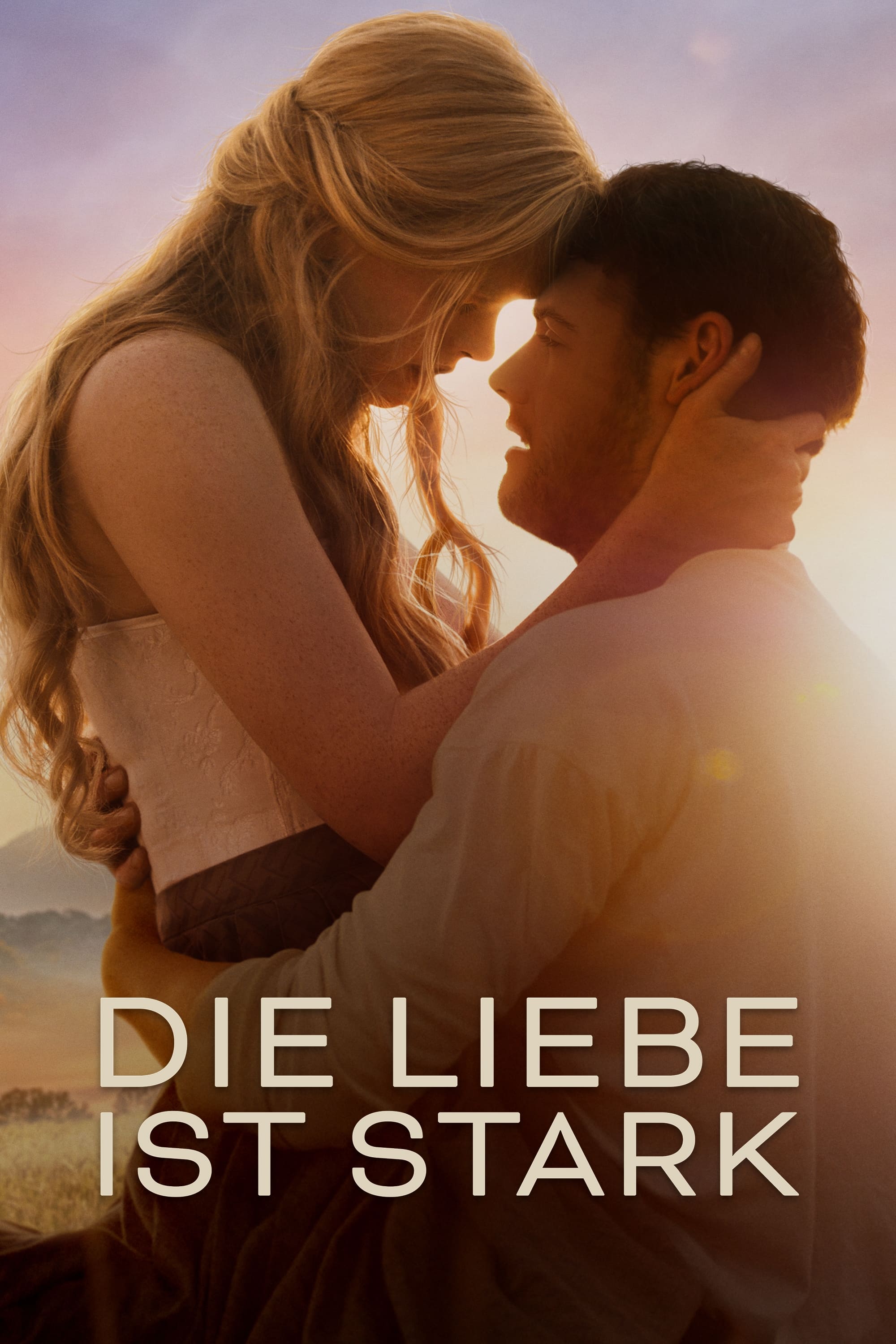![Takács Quartet - Dvořák: String Quartet, Op. 106; Coleridge-Taylor: Fantasiestücke (2023) [FLAC 24bit/192kHz] Download](https://imghd.xyz/images/2023/08/29/krsx3bmehmxma_600.jpg)
Takács Quartet – Dvořák: String Quartet, Op. 106; Coleridge-Taylor: Fantasiestücke (2023)
FLAC (tracks) 24 bit/192 kHz | Time – 01:03:53 minutes | 2,30 GB | Genre: Classical
Studio Masters, Official Digital Download | Digital Booklet, Front Cover | © Hyperion Records
Dvořák’s mature string quartets are masterly, all brimming with life-enhancing music, and Op 106 is no exception. The Takács Quartet gives superlative accounts of both this and the apt coupling by a young Samuel Coleridge-Taylor.Samuel Coleridge-Taylor was born in London on 15 August 1875, the son of Daniel Taylor and Alice Martin. His given names were a homage to the early nineteenth-century English poet and critic Samuel Taylor Coleridge, and in 1905 he duly composed a rhapsody for mezzo-soprano, chorus and orchestra based on Coleridge’s famous poem Kubla Khan. However, it was not Kubla Khan that became the main focus of the composer’s attention, but Longfellow’s The song of Hiawatha—indeed, so fascinated was Coleridge-Taylor with Longfellow’s epic poem that when, in 1900, his own son was born, he named him after it. In that year, Coleridge-Taylor had completed a triptych of choral settings from Longfellow’s text, of which the most famous panel is Hiawatha’s wedding feast. Right at the end of his short life (he died in 1912, at the age of thirty-seven) came two ballets derived from the same literary source, though he did not live to orchestrate them himself.
It was not by chance that Coleridge-Taylor became so deeply interested in the work of an American poet (another American whose verse he set to music was Walt Whitman—notably in a rhapsody for a cappella chorus based on Whitman’s Sea-drift): as the son of an immigrant from Sierra Leone he was proud of his black heritage, and he composed several works based on negro spirituals. He paid three highly successful visits to the USA between 1904 and 1910, where he conducted several of his works, including Hiawatha and another triptych based on Longfellow named Songs of slavery (later expanded to a set of five pieces called ‘Choral ballads’, Op 54). According to one account, the New York orchestral players were so impressed with him that they nicknamed him ‘the African Mahler’. In his cultivation of indigenous American melodies Coleridge-Taylor shows an affinity with Dvořák, who was a major influence on his work in general.
Coleridge-Taylor’s Fantasiestücke, Op 5, for string quartet were a product of his student years at the Royal College of Music. He had entered the College in 1890, at the age of fifteen, and was to remain there for some seven years. From 1892 onwards he was a composition pupil of Charles Villiers Stanford, who was to become a lifelong friend. The Fantasiestücke, composed in 1895 (their title, though not so much the music itself, echoes Schumann), were dedicated to Stanford, and following their first performance on 13 March of that year, The Musical Times commented: ‘Considering the lamentable dearth of good string quartet music by native composers, his Fantasiestücke should be in request; they certainly deserve to become well known, for they are thoroughly charming, remarkably free from reminiscences, and effective.’ The music is in Coleridge-Taylor’s innately conservative style, but its string quartet scoring is unfailingly idiomatic and skilful. The pieces are somewhat uneven in quality, but perhaps the most successful are the ‘Serenade’ second number, and the ‘Dance’ which rounds off the collection. In the year before the Fantasiestücke were composed, Tchaikovsky’s recent ‘Pathétique’ symphony had been heard for the first time in London, and it may well have been the symphony’s second movement, famously written in five beats to the bar, that prompted Coleridge-Taylor to try his hand at writing a piece in the same unusual metre. The third and fourth pieces are cast in a straightforward ternary form, with a middle section followed by a literal da capo. The title of the ‘Humoresque’ first of the pair is a nod in Dvořák’s direction, and its driving energy is comparable to that of the scherzo third movement of Dvořák’s Op 106 quartet. Following the courtly elegance of the old-fashioned minuet and trio, the ‘Dance’ brings the series to an end in exhilarating fashion. It also returns the music to the key of the ‘Prelude’. Perhaps not altogether coincidentally, that key of E minor is shared by Dvořák’s ‘New World’ symphony.
In the spring of 1891 Dvořák received an invitation from Jeannette Thurber to take up the directorship of the National Conservatory of Music in New York, which she had founded some six years earlier. Although he was hesitant about uprooting himself, Dvořák allowed himself to be persuaded, and he arrived in New York with his family in the autumn of the following year. The period he spent in the USA was something of a mixed blessing: in both New York and Chicago Dvořák was able to conduct his music with first-class orchestras, and at the Conservatory he had some promising students; but at the same time his homesickness was deep-rooted, and it was only temporarily assuaged by a return to Bohemia for a well-earned holiday in 1894. By the summer of the following year it was clearly time to bid a permanent farewell to the New World.
Since the early months of 1895 Dvořák had composed little other than the first hundred bars or so of a string quartet in A flat major, but on his return to Prague he found his creative juices flowing once again, and he managed rapidly not only to complete the string quartet he had begun in America, but also to compose a companion piece in G major. The opus numbers of the two works do not reflect their true chronology: it was only after he had composed the String Quartet in G major, Op 106, that Dvořák took up the threads of the A flat work, Op 105. On the autograph score of the G major quartet, with an obvious sense of relief, he wrote the comment, ‘the first composition after my second return from America’, and on 23 December 1895 he told his close friend Alois Göbl:
We are all, thanks be to God, well and rejoice to be able, after three years, to spend a happy and joyous Christmas in Bohemia! How different it was for us last year in America, when we were far away in foreign parts and separated from all our children and friends! But God has been pleased to grant us this happy moment, and so we all feel inexpressibly glad.
I am now working very hard. I work so easily and everything goes ahead so well that I could not wish it better. I have just finished a new G major quartet and am now finishing a second in A flat major.
The premiere of the G major quartet was given in Prague on 9 October 1896 by the Bohemian Quartet. Less than a fortnight later, also in Prague, the Rosé Quartet played the A flat work for the first time.
There is little in Dvořák’s G major quartet that betrays evidence of his recent cultural experiences in America. Only a short passage in the scherzo reverts to the type of pentatonic melody inspired by the Native American music he had heard in the preceding years, and which he had exploited almost to excess in such works as the ‘American’ string quartet (Op 96), and the Sonatina for violin and piano (Op 100). For the rest, the quartet is imbued not only with a mellow warmth that seems to reflect the composer’s happiness at finding himself once more in familiar surroundings, but also—in its slow movement—a strong vein of melancholy.
The quartet’s opening subject, with its yearning ascending melodic intervals and its rustling trills followed by a cascade of violin arpeggios, is succeeded by a quiet ‘rocking’ motif given out by the two lower instruments. The latter idea soon returns in a more forceful form, providing a strong affirmation of the home key, before an expressive theme in a gently swaying triplet motion is heard in a succession of distant keys. This new theme will make an unexpected reappearance during the closing stages of the finale.
For his development section Dvořák mines all three ideas presented during the quartet’s opening pages, before the recapitulation sets in with the second violin presenting a new countersubject to the main theme. Notably absent from the recapitulation is the rocking second theme, though it eventually returns during the final moments to round the piece off in rousing style. Meanwhile, the swaying third theme has been subtly, and quite beautifully, re-scored for the viola beneath a whispering accompaniment from the violins, and with pizzicato cello chords completing the texture.
The slow movement wavers constantly between major and minor, and between serenity and tension. Behind it lies the notion of the double variation form cultivated so assiduously by Haydn, in which two closely related themes—one in the major, the other in the minor—are varied alternately. The introductory bars seem to sum up the progress of the piece as a whole: beginning in the minor, they foreshadow the main theme’s initial phrase, before they culminate in a forceful major chord. The theme itself eventually gives way to a more flowing, but melancholy, variant in the minor. The music’s short-lived climax is reached with a grandiose statement of the opening theme in C major—an idea Dvořák may have borrowed from the similar moment in the slow movement of Smetana’s famous string quartet ‘From my life’. Dvořák had played the viola in the private first performance of Smetana’s work, in 1878.
The energetic B minor scherzo, with its discombobulated, percussive parts for the two lower players, provides the quartet’s most overtly Slavonic movement. Its second half features a more lyrical interlude in A flat major, in the shape of a smooth pentatonic melody given out by the violins, before the music returns to the atmosphere of its beginning. In the slower trio section we seem to hear the distant sound of horns.
The descending shape of the finale’s lively main theme is anticipated in a short slow introduction that returns in more expansive form during the later course of the piece. On its reappearance the slow passage is followed by an echo of the swaying third theme from the opening movement—soon to be joined by the fleeting violin arpeggios from the quartet’s beginning. From this point onwards these two ideas are increasingly absorbed into the fabric of the finale’s material.
Towards the end of 1873 Dvořák composed a string quartet in A minor which is listed as his Op 12, though it was not published until as late as 1982. It was designed as a strongly unified work to be played without a pause, but Dvořák was dissatisfied with the result during what was in any case an acutely self-critical phase of his career, and he set about recasting it in four self-contained movements. He discarded the original slow movement—the Andante appassionato recorded here—and replaced it with an adagio in E major whose opening melody was an offshoot of the first movement’s initial rising phrase. The theme of the rejected andante appassionato is clearly related to the quartet’s scherzo, and the scherzo’s key and tempo are mirrored in the andante’s quicker second section. When the initial tempo returns, the music has sunk down a semitone, from G major to G flat, but Dvořák’s manuscript continues with another fast section which recalls material from the original quartet’s two outer movements. The writing here is, however, less successful, and since Dvořák failed to complete the piece it is more satisfactory to draw it to a close with the reprise of the andante, as on the present recording.
Tracklist:
1-01. Takács Quartet – No. 1, Prelude. Allegro ma non troppo (04:28)
1-02. Takács Quartet – No. 2, Serenade. Andante molto (03:44)
1-03. Takács Quartet – No. 3, Humoresque. Presto (03:02)
1-04. Takács Quartet – No. 4, Minuet – Trio. Allegro moderato (03:55)
1-05. Takács Quartet – No. 5, Dance. Vivace (04:31)
1-06. Takács Quartet – I. Allegro moderato (09:59)
1-07. Takács Quartet – II. Adagio ma non troppo (10:28)
1-08. Takács Quartet – III. Molto Vivace (06:40)
1-09. Takács Quartet – IV. Andante sostenuto – Allegro con fuoco (10:54)
1-10. Takács Quartet – Dvořák: Andante appassionato in F Major, B. 40a (06:07)
Download from FileJoker:










![Takács Quartet - Hough, Dutilleux & Ravel: String Quartets (2023) [FLAC 24bit/96kHz] Takács Quartet - Hough, Dutilleux & Ravel: String Quartets (2023) [FLAC 24bit/96kHz]](https://imghd.xyz/images/2023/02/06/034571284002.png)
![Takács Quartet - Felix & Fanny Mendelssohn: String Quartets (2021) [FLAC 24bit/96kHz] Takács Quartet - Felix & Fanny Mendelssohn: String Quartets (2021) [FLAC 24bit/96kHz]](https://imghd.xyz/images/2023/08/29/gi2tro7iapvna_600.jpg)
![Takacs Quartet - Beethoven: Complete String Quartets (2017) [FLAC 24bit/48kHz] Takacs Quartet - Beethoven: Complete String Quartets (2017) [FLAC 24bit/48kHz]](https://getimg.link/images/imgimgimg/uploads/2018/01/OT5will.jpg)
![Takacs Quartet - Schubert: String Quintet D956 & String Quartet D703 (2012) [Hyperion FLAC 24bit/96kHz] Takacs Quartet - Schubert: String Quintet D956 & String Quartet D703 (2012) [Hyperion FLAC 24bit/96kHz]](https://getimg.link/images/imgimgimg/uploads/2017/09/PaJWs.jpg)